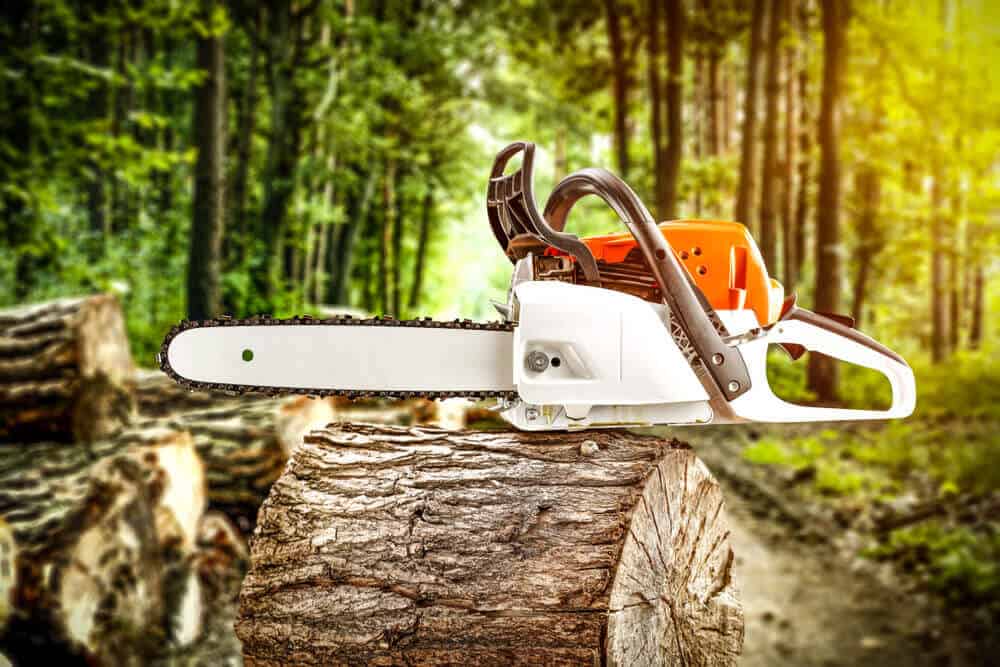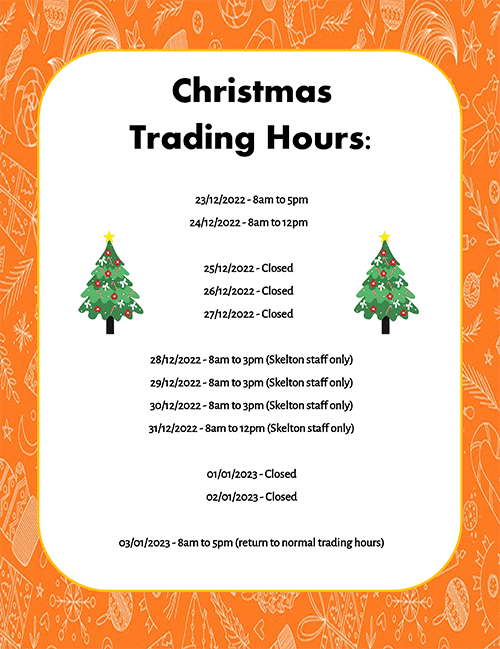While you can always come and see us at Coastline Mowers for all your power equipment maintenance needs, below are tips for those wanting to keep their blade in good condition, and consider DIY chainsaw sharpening.
The impact of a dull chainsaw
A clear sign of a blunt chainsaw is increased throwing up of dust. To avoid burning extra fuel and possible equipment damage, commit to decent chain care—clean after use per manual instructions, and sharpen when required.
Chainsaw care
A chainsaw needs decent lubrication, otherwise you risk damaging the chain, so be sure to keep an eye on the oil. Accurate chain tension is also important. And of course, regular sharpening of the blade.
What exactly am I sharpening?
The goal is to sharpen the teeth on your chain, and lower the depth gauges. An uneven chainsaw chain can lead to crooked cuts, and kickback, so be sure to inspect each of these aspects carefully.
Safety first
Appropriate measures include make sure your saw is turned off, and that you have taken out the battery. Gloves and protective eyewear are a must. Safely secure equipment before commencing.
How to sharpen
There are a few ways you can sharpen your chainsaw. Two of the most popular are:
Grinder
If constantly using your chainsaw, consider an electronic tool to keep your chainsaw in prime condition. These sharpeners are a more costly benchtop investment, but worth it if work volume is high.
The process will be impacted your choice of grinder, and chainsaw model. If unfamiliar with using electric grinders, be sure to research and practice correct angles beforehand.
Hand File
A variety of hand files are available for use with Stihl chainsaws, and a guide will help ensure evenness. Use a vice to maintain steadiness, and always secure the file at a 90 degree angle to the guide bar.
Stihl recommends most saw chains be filed to a 30 degree angle (parallel to the service mark for the filing angle). Three strokes are considered standard, but some teeth may require 5 or more strokes.
After sharpening the teeth, measure the depth gauges. Too high produces smaller chips, so less cut. Too low, and you risk kickback and motor overheating. Uneven depth gauges also cause problems.
Recommended gauge size, also referred to as rakers, can be found be on equipment or in the manual. Use the correct files for the teeth, and the depth gauges. We can help suggest a suitable filing kit.
Calling in the experts
If your chainsaw repeatedly struck surfaces such as dirt, dirty wood, or stone, you might be better off having our technician inspect and sharpen the equipment. Chain damage may call for replacement.
Come see us
Contact our team today, or visit us in Rockingham for Stihl chainsaw purchases, parts, and servicing. Our technicians can offer some pointers, thanks to decades of experience with garden equipment.
As a leading stockist in Perth of Stihl chainsaws, Coastline Mowers have the experience to meet your chainsaw needs: from helping you choose the right chainsaw, to ensuring it stays in prime condition.










